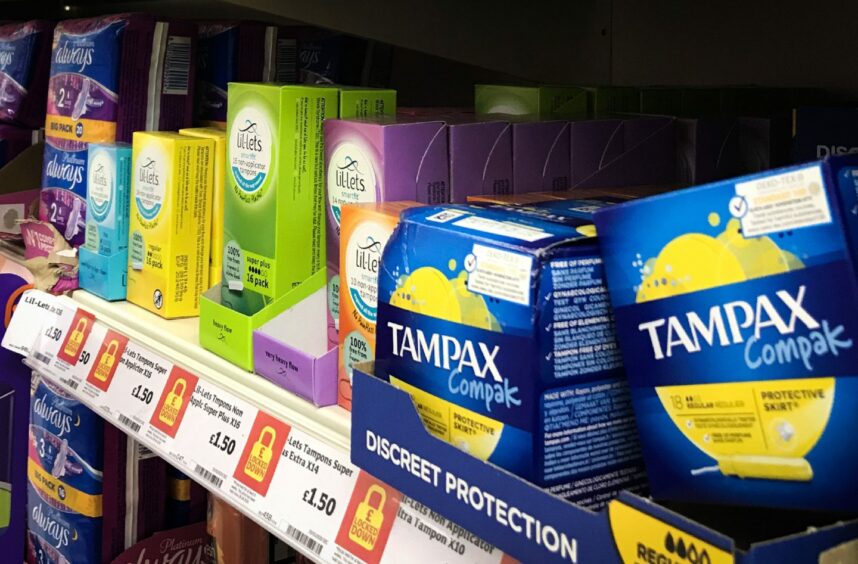The appointment of a man as Scotland’s first period dignity officer made headlines across the globe.
The hiring of Dundonian Jason Grant to the pioneering Tayside role sparked outrage – with tennis legend Martina Navratilova calling it “f***ing ridiculous”.
News of the position – which saw The Courier’s coverage highlighted by The Washington Post – emerged as Scotland became the first country in the world where public institutions are legally enforced to provide free period products.
As controversy raged, Dundee City Council leader John Alexander called for calm and more context, adding: “Male midwives are not controversial, but there is no doubting that they have no experience of child birth.”
That remark led to many asking: Should the vacancy have been limited to female applicants by applying part of the Equality Act 2010?
We asked dispute resolution specialist John Kydd and employment law expert Ken Glass, both of Gilson Gray LLP in Dundee, for their verdict. This is what they told us.
To answer this, one must consider the job description and what is to be expected of a person fulfilling that role.
If for example, the role involves the discussion, or even demonstration of period products with young girls and women of all ages and faiths then it must be questioned whether, for example young women, women with religious beliefs, or vulnerable women would be comfortable discussing or having period products demonstrated to them by a man having regard to issues of privacy and decency.
It could be argued that it was necessary for a woman to be appointed if the appointment of someone other than a woman would result in the purpose of the project being defeated.
However, if the job was one of a high level nature – which did not involve the face to face interaction with those seeking support through the project – then it might be argued that it was preferable but not necessary for a woman to be appointed.
It is not immediately clear whether the decision-making body that made the appointment gave any consideration to making the post restricted to women or whether any legal advice was sought prior to the advertisement being placed for the post to determine if this would have been possible.
What does the law say?
The Equality Act 2010 generally makes it illegal to discriminate in relation to the jobs market on the basis of; age, gender reassignment, being married or in a civil partnership, being pregnant or on maternity leave, disability, race including colour, nationality, ethnic or national origin, religion or belief, sex or sexual orientation.
These are collectively known as “protected characteristics”.
There is, however, an exception to this where an employer can advertise a post specifically stating that only persons with a particular protected characteristic need apply.
This is known as Genuine Occupational Requirement (GOR) and is covered in Schedule 9 of the Equality Act 2010.
In general terms, some jobs can be restricted to people, for example of a certain sex.
But this must be a proportionate means of achieving a legitimate aim.
The test in relation to this is one based on necessity rather than simply a preference.
In other words, the job must need the restriction rather than it simply being something that would be rather nice to have.
Some of the most common examples found in textbooks are a female counsellor in a woman’s refuge or a female social worker at a girl’s home.
Further examples relate to female or male attendants in lavatories and female or male attendants in changing rooms.
If an employer was to advertise a post and stated that “only women need apply” this could be challenged in a discrimination case and the burden of proving the restriction of the post to women was justified will rest with the employer.














Conversation